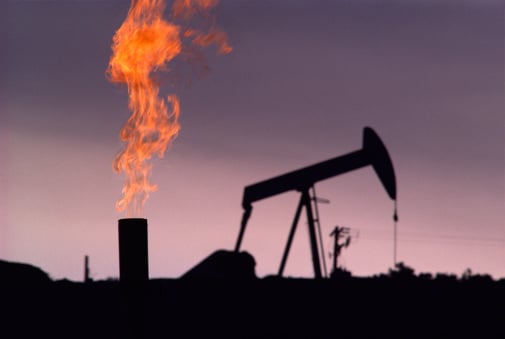No Oil Price Recovery Yet Despite US Shale Slowdown-IEA
For the whole of 2015, the IEA raised its estimate of the demand for OPEC crude by 300,000 bpd to 29.2 million bpd.

Oil prices may have further to fall and a rebound could take some time, despite increasing signs that the downtrend will end, possibly in the second half of this year as North American supply growth slows, the West’s energy watchdog said on Friday.
Crude oil prices have fallen almost 60 per cent over the last six months with both of the world’s crude oil benchmarks now trading below $50 a barrel as supplies of high quality, light oil from the United States and Canada have overwhelmed demand at a time of lacklustre global economic growth.
The Organization of the Petroleum Exporting Countries has not cut production despite the collapse in prices.
“How low the market’s floor will be is anybody’s guess. But the sell-off is having an impact. A price recovery – barring any major disruption – may not be imminent, but signs are mounting that the tide will turn,” the International Energy Agency said in its monthly report.
The IEA, which coordinates energy policies of industrialised nations, said lower prices would eventually start to curb output and boost demand.
“The most tangible price effects are on the supply front. Upstream spending plans have been the first casualty of the market’s rout. Companies have been taking an axe to their budgets, postponing or cancelling new projects, while trying to squeeze the most out of producing fields,” it said.
The agency cut its outlook for 2015 non-OPEC supply growth by 350,000 barrels per day (bpd) to 950,000 bpd, down from record growth of 1.9 million bpd in 2014.
DEMAND RESPONSE
The IEA cut its output growth forecasts for Canada and the United States by 95,000 bpd and 80,000 bpd respectively as well as for Colombia by 175,000 bpd and by 30,000 bpd for Russia.
It said oil supply growth wasn’t slowing more quickly in North America because many producers appeared to be well hedged against short-term price drops.
Downward revisions for non-OPEC supply growth mean demand for OPEC oil will average 29.8 million bpd in the second half of 2015 – just shy of OPEC’s official target of 30 million bpd.
For the whole of 2015, the IEA raised its estimate of the demand for OPEC crude by 300,000 bpd to 29.2 million bpd – still far below the group’s December output of 30.48 million. OPEC’s output in December was boosted by Iraqi supply, which surged to 35-year highs while Saudi supplies remained stable.
On the demand side, the IEA said signs of a response remained elusive: “With a few notable exceptions such as the United States, lower prices do not appear to be stimulating demand just yet.”
That was because the usual benefits of lower prices – increased household disposable income, reduced industry input costs – have been largely offset by weak underlying economic conditions, which have themselves been a major reason for the price drop in the first place, the IEA said.
The net result of these changes is that implied stock builds are set to continue through the first half of this year, the IEA said, adding that some rebalancing may occur in the second half.
“Rebalancing of the market does not equate to a return to the status quo ante. It is clear that the market is undergoing a historic shift.”
“While there might be light at the end of the tunnel for producers as far as prices are concerned, the next few years could nevertheless prove a period of reckoning for a market and an industry that, through the course of their 150-year history, have had to periodically reinvent themselves.”
